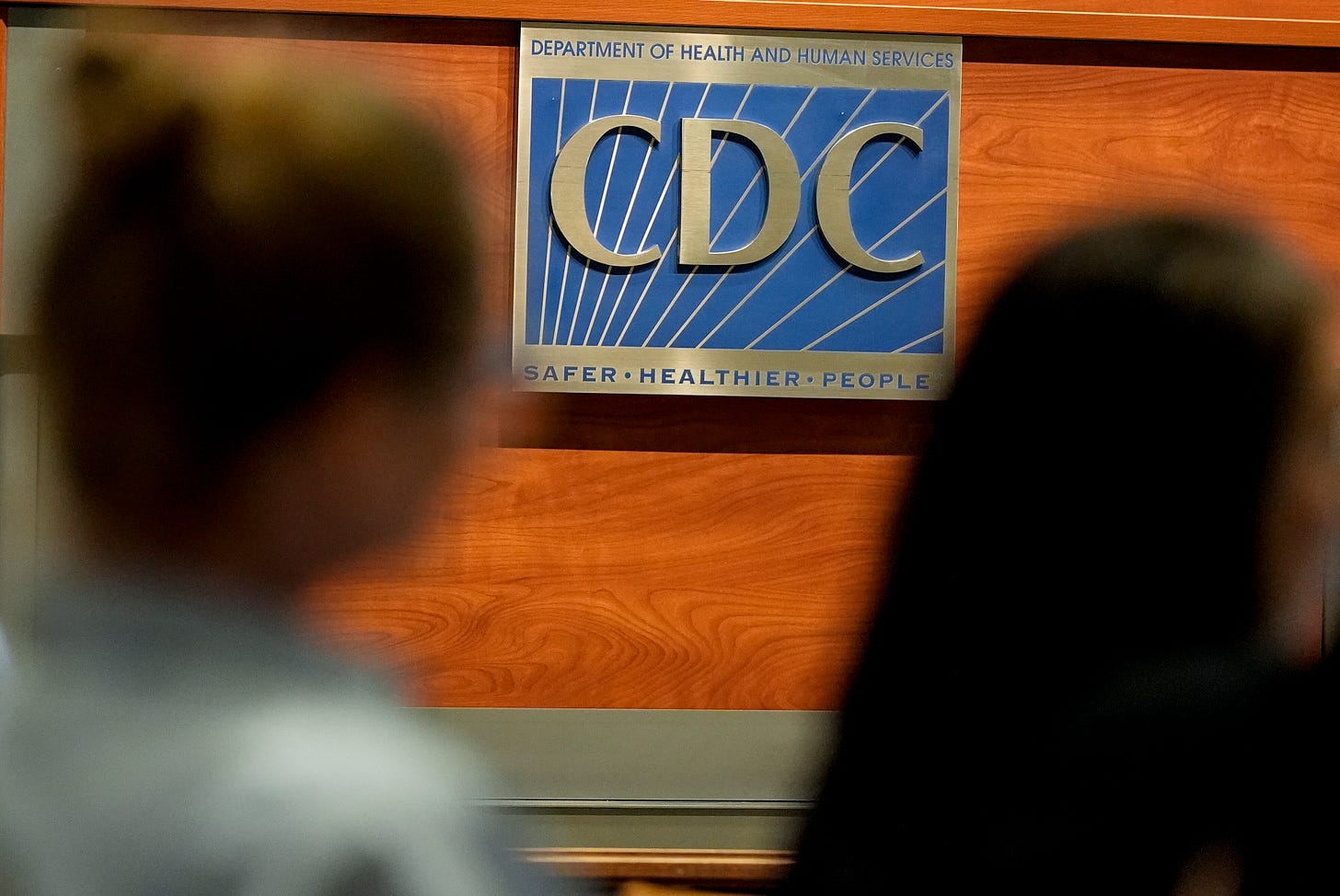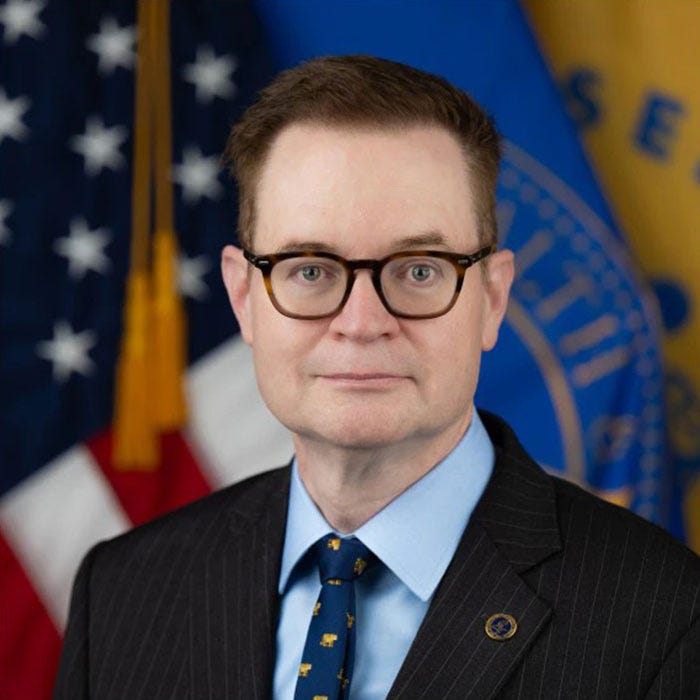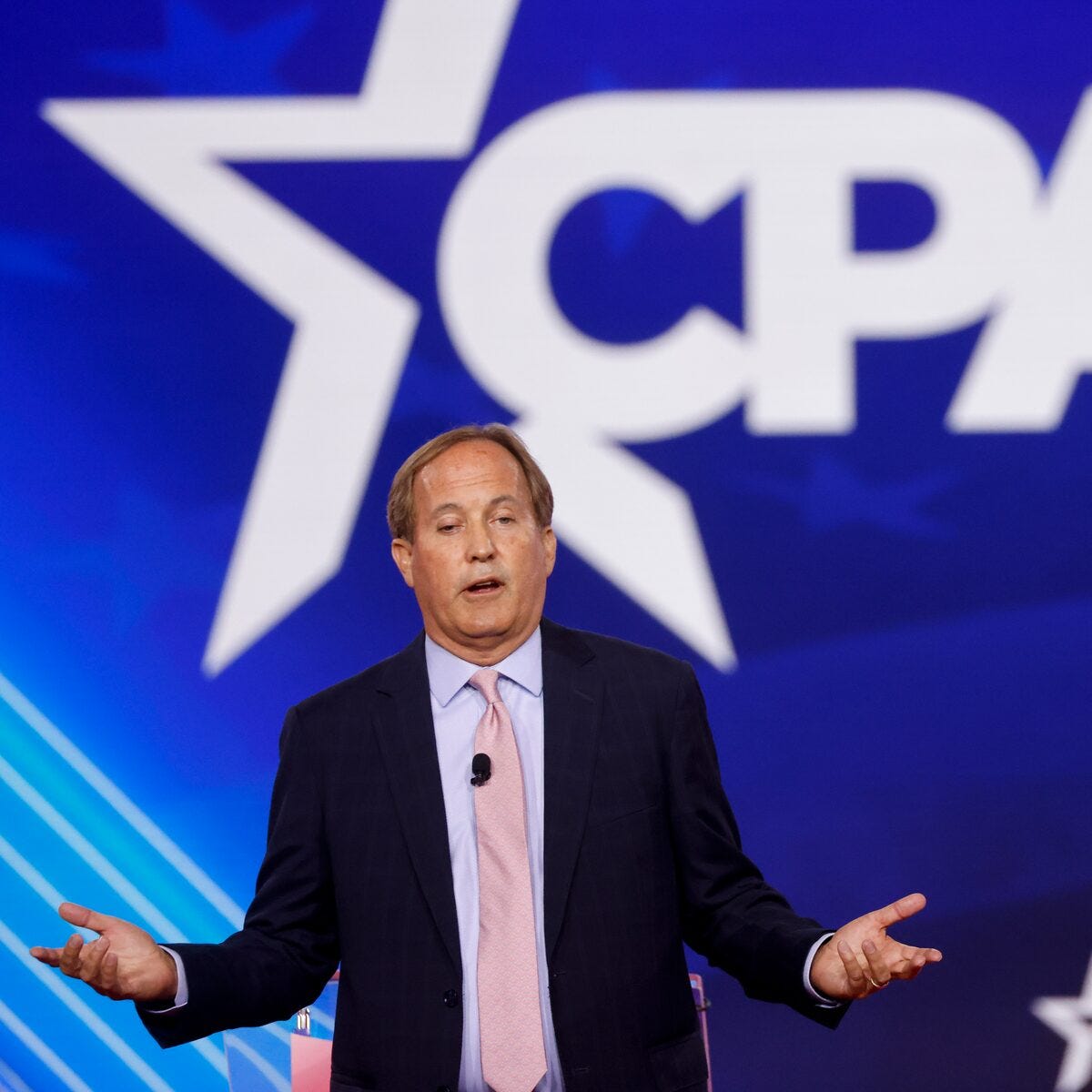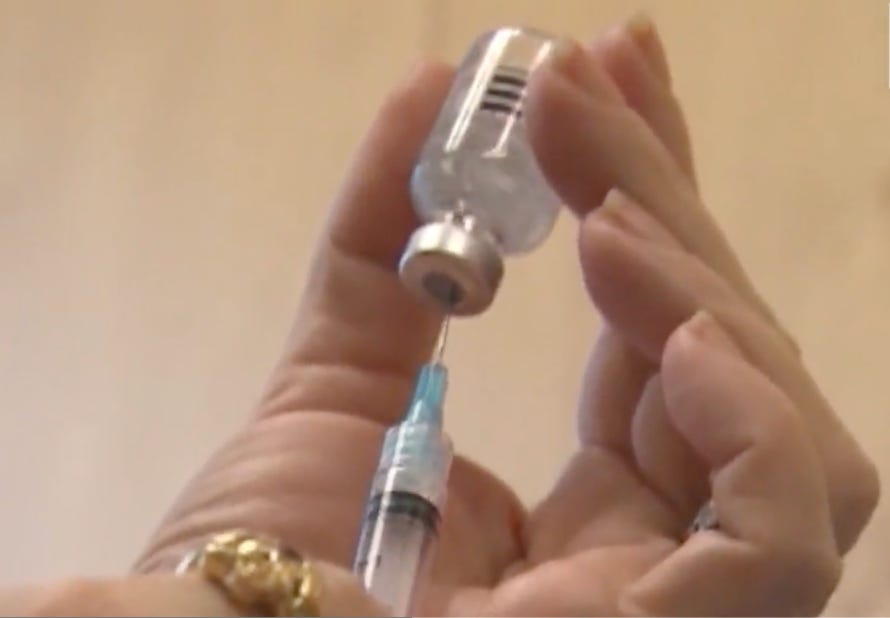CDC Rewrite of Vaccine Guidelines Is a BIG Win for Medical Freedom
By James Lyons-Weiler, Contributor, The MAHA Report
As my colleague Adam Garrie wrote on Monday, the Centers for Disease Control and Prevention (CDC) quietly made one of the most significant changes to U.S. vaccine policy in recent memory — backing away from its previous blanket endorsement of COVID-19 shots for all children and adults. In a shift with far-reaching implications, the agency says decisions about whether to vaccinate against COVID-19 should now be made on a case-by-case basis, between patients and their healthcare providers.
At the same time, CDC recommended that young children receive separate chickenpox and MMR vaccines, rather than the combined four-in-one shot, to avoid an increased risk of febrile seizures in toddlers.
The new guidance follows a vote last month by the CDC’s Advisory Committee on Immunization Practices (ACIP), which unanimously supported the COVID change.
But despite this high-level decision, the agency made no fanfare about it — no press conference, no public Q&A. Instead, it posted a brief announcement online and moved forward.
A policy earthquake — delivered with a whisper
According to the CDC, the decision was driven by updated risk-benefit assessments. The revised guidance formally classifies COVID-19 vaccination as a “shared clinical decision” — meaning it’s no longer a standing recommendation for all ages, but rather something patients and providers should discuss together based on individual risk.
That classification still qualifies the vaccine for coverage under Medicare, Medicaid, and most insurance plans. But it marks a clear shift from prior language, which treated COVID vaccination as routine across the board.
“This is a fundamental change in posture,” said a senior health policy expert not involved in the decision, who spoke on condition of anonymity. “It signals the end of one-size-fits-all COVID vaccine mandates.”
CDC Acting Director Jim O’Neill confirmed the move in a post on X (formerly Twitter), where he also called on vaccine makers to develop separate, single-antigen versions of the MMR vaccine — measles, mumps, and rubella — saying families deserve “safe monovalent options.”
As of now, the FDA has approved only the combined MMR vaccines from Merck (M-M-R II) and GSK (Priorix). No standalone measles, mumps, or rubella vaccines are currently available in the United States.
Febrile Seizure Risk Drives Chickenpox Decision
The second major change affects routine childhood vaccinations. For years, doctors have given toddlers a four-in-one combination shot for measles, mumps, rubella, and varicella (chickenpox) — known as MMRV. ACIP’s recommendation, and the CDC’s agreement to split the MMRV into separate doses is based on at least three studies that show that when given between 12 and 23 months of age, the first dose of MMRV doubles the short-term risk of febrile seizures compared to giving the MMR and chickenpox shots separately.
The absolute risk remains small — about one extra seizure for every 2,300 kids vaccinated with MMRV. But after years of accumulating evidence, the ACIP voted 8–3 to make the split official policy for young children.
The recommendation does not affect the second MMRV dose given at ages 4 to 6, which does not appear to carry the same seizure risk.
Texas Attorney General Fires Back
The federal guidance changes had barely registered around the U.S. before Texas Attorney General Ken Paxton blasted the state’s largest physician group, the Texas Medical Association (TMA), accusing it of undermining the CDC’s revised COVID-19 policy.
In a fiery press release Monday, Paxton accused the TMA of clinging to “anti-scientific” mandates and pushing the vaccine on children “at all costs.” He called the new CDC stance a “win for personal liberty” and urged Texas doctors to “speak out” against what he characterized as a betrayal of medical freedom.
“TMA has chosen to ignore overwhelming evidence,” Paxton said, “and is acting as if the mandate is still in place.”
TMA has not issued a formal response to Paxton’s comments, and it is unclear whether the group plans to update its COVID-19 guidance. On its website, TMA still refers physicians to CDC recommendations, which now include the shared-decision model.
What the CDC’s Changes Mean for You
For patients, little changes in terms of access: COVID-19 vaccines are still available at pharmacies and clinics, and insurance coverage remains intact. But the new guidance gives doctors more leeway to say “not necessary,” depending on a patient’s risk profile.
For parents, especially those of toddlers, pediatricians are now expected to offer separate chickenpox and MMR vaccines instead of the combined version — at least for the first dose. Whether pharmacies and pediatric practices have enough separate stock to accommodate the shift remains to be seen.
And for policymakers and school districts, what comes next is uncertain. With the federal stance softened, state and local vaccine mandates — especially for school entry — may now face renewed challenges, both legal and political.
In Washington, Acting Director O’Neill’s push for monovalent MMR options could open a new front in the vaccine-access debate, especially if manufacturers are willing to step up. But for now, the available shots remain unchanged, even as the rules around them are updated to reflect a new national agenda.
Three Takeaways
1. COVID-19 Vaccination Is Now a Personal Medical Decision
For the first time since the pandemic began, the CDC no longer recommends COVID-19 vaccination for all individuals. Instead, it has shifted to a shared clinical decision-making (SCDM) model — meaning the choice to vaccinate is up to each patient and their healthcare provider, based on personal risk factors. This marks the end of blanket endorsements and a major retreat from previous mandates.
The move to SCDM impacts physicians’ net profit in two ways; physicians could gain profit on a per-patient basis if insurers reimburse for longer consultations, but if volume reduces due to personal choice, physicians and, obviously, vaccine manufacturer’s bottom line could suffer based on uptake due to decisions based on risk awareness.
2. Chickenpox Shot Separated from MMRV to Reduce Seizure Risk
The CDC also recommends giving chickenpox (varicella) as a separate shot rather than as part of the 4-in-1 MMRV combination for toddlers. The reason: MMRV given between 12 and 23 months doubles the short-term risk of febrile seizures compared to giving the MMR and varicella vaccines separately. This signals a move toward making vaccines safer, not ending vaccination.
3. Texas AG Accuses Medical Group of Undermining Parental Choice
In response to the federal update, Texas Attorney General Ken Paxton issued a press release in which he accused the Texas Medical Association of ignoring the CDC’s new guidance and continuing to pressure physicians to vaccinate children against COVID-19 regardless of individual risk. Paxton called it “anti-scientific” and a threat to medical freedom, urging physicians to push back. This foreshadows a future in which state authority on vaccine mandates and public health will trigger litigation and new federal legislation to protect constitutionally guaranteed individual rights.








Water Quality Improvement — Not Vaccines — Drove the Health Revolution
Over the past century, public health has dramatically improved — but not because of vaccines. The real reason is improved water quality. When chlorinated water was introduced, infectious diseases began to decline sharply. Yet pharmaceutical companies took credit, claiming vaccines were responsible. The truth is that diseases such as polio and measles were already nearly eradicated before vaccines were introduced. The narrative was hijacked and has gone unquestioned ever since.
The Next Leap in Water Quality: Ozone Water
We currently chlorinate and soften water, but the highest level of purity and safety is achieved by mixing ozone (O₃) with water. Ozone is a natural oxidizer—it destroys viruses, bacteria, and organic contaminants instantly. However, when mixed with water, ozone’s oxidation potential is safely buffered and transferred to anything the water touches.
Ozone water is the safest and most effective disinfectant on Earth. It destroys pathogens by oxidizing them—much like fire turns wood into ash. In water, ozone reduces contaminants into their basic elements, which can even serve as nutrients for the body, much as ashes nourish soil.
How Ozone Water Improves Every Type of Water
Algae-filled pond water can be transformed into clean, oxygen-rich water ideal for plant growth.
Hard water becomes naturally softened—no scaling, no residue.
Tap water becomes a powerful, chemical-free disinfectant capable of sterilizing anything it touches.
Ozone water is essentially “fire in the water,” purifying everything safely and instantly.
Measuring Water Quality with ORP
Water quality is best measured by Oxidation-Reduction Potential (ORP)—the higher the ORP, the more oxygen and disinfecting power the water holds.
+400 mV: Disinfects effectively
+600 mV: Sterilizes completely
However, ozone’s power is short-lived. Ozone (O₃) quickly breaks down into oxygen (O₂), meaning ozone water must be produced and used immediately for maximum benefit.
Why Ozone Water Is Suppressed
Because ozone water cannot be bottled or stored, it can’t be sold for profit. This makes it a direct threat to the pharmaceutical industry. Instead, we are told vaccines are the key to health—even though they contain toxic chemicals like aluminum and mercury and only target one virus strain at a time. With nearly 100 vaccines now in use, none can protect against bacterial infections or evolving viruses.
By contrast, ozone water destroys all viruses and bacteria instantly—no strain-specific formulas, no side effects, no chemicals.
A Path Toward Real Health Freedom
Pharma maintains its narrative through billions in lobbying and political influence. Yet true health freedom lies in learning how to produce and use ozone water yourself.
Drink a glass of fresh ozone water daily to prevent disease.
Spray ozone water on your skin to prevent infection and promote healing.
Inhale a light mist to protect against respiratory illness.
If leaders like President Trump and Robert F. Kennedy Jr. can expose the suppression of ozone water, America could enter a new era of public health—disease-free, chemical-free, and truly free.